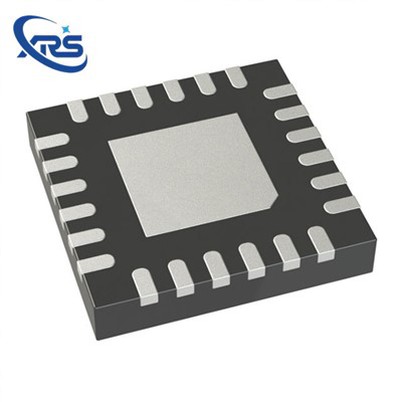The main categories of MCU
Leave a message
Classification by use:
Universal: All developable resources (ROM, RAM, I/O, EPROM) are provided to the user.
Special type: Its hardware and instructions are designed according to a specific purpose, such as recorder movement controller, printer controller, motor controller, etc.
Classified by the number of data bits processed by its basic operation:
According to the width of the bus or data register, the MCU is divided into 1 bit, 4 bit, 8 bit, 16 bit, 32 bit or even 64 bit MCU. Most of the 4-bit MCUS are used in calculators, car instruments, car anti-theft devices, callers, wireless phones, CD players, LCD drive controllers, LCD game consoles, children's toys, scales, chargers, tire pressure meters, temperature and humidity meters, remote controls and point-and-shoot cameras, etc. Most of the 8-bit MCUS are used in electric meters, motor controllers, electric toy machines, frequency conversion air conditioners, callers, fax machines, CallerID, telephone recorders, CRT monitors, keyboards and USB. 8-bit, 16-bit MCU is mainly used in the general control field, generally do not use the operating system, 16-bit MCU is mostly used in mobile phones, digital cameras and video recorders and so on; Most of the 32-bit MCUS are used in Modem, GPS, PDA, HPC, STB, Hub, Bridge, Router, workstation, ISDN telephone, laser printer and color fax machine. 32-bit is used for complex processing such as network operation and multimedia processing, and it is generally necessary to use embedded operating systems. Most 64-bit MCUS are used in advanced workstations, multimedia interactive systems, advanced video game instruments (such as SEGA's Dreamcast and Nintendo's GameBoy), and advanced terminals.
8-bit MCU operating frequency between 16~50MHz, emphasizing simple performance, low-cost applications, in the current MCU market value still has a certain position, and many MCU manufacturers continue to develop energy-saving design for 8bit MCU frequency adjustment, in order to meet the needs of product development in the green era.
16-bit MCUS, 16-bit operation, 16/24-bit addressing capability and frequency in 24~100MHz for the mainstream specifications, some 16bit MCUS provide additional 32-bit add/subtract/multiply/divide special instructions. Due to the emergence and continuous price reduction of 32bit MCUS and the low-cost advantage of 8bit MCUS that are simple, durable and cheap, the 16bit MCU market in the middle is constantly being squeezed, becoming the lowest proportion of products shipped.
32-bit MCU can be said to be the mainstream of the MCU market, with a single quotation between $1.5 and $4, the operating frequency is mostly between 100 and 350MHz, the execution efficiency is better, and the application types are quite diverse. However, due to the increase of operand and memory length, the program code length of the same function is increased by 30 to 40% compared with 8/16bit MCU, which leads to the embedded OTP/FlashROM memory capacity cannot be too small, and the number of external chips has exploded, further limiting the cost reduction ability of 32bit MCU.
Divided by memory structure:
According to its memory structure, the MCU can be divided into Harvard structure and Von von. Von Neumann structure. The vast majority of today's microcontrollers are based on the von Neumann structure, which clearly defines the four basic components necessary for embedded systems: A central processing unit core, program memory (read-only memory or flash memory), data memory (random access memory), one or more timing/timers, and input/output ports to communicate with peripherals and extended resources are all integrated on a single integrated circuit chip.
Divided by instruction structure:
According to the InstrucTIon structure, MCU can be divided into CISC (Complex InstrucTIon Set Computer) and RISC (Reduced InstrucTIon Set Comuter).






